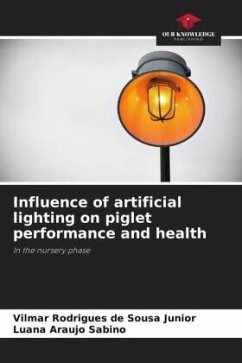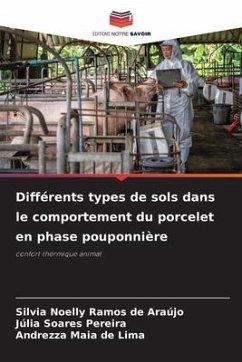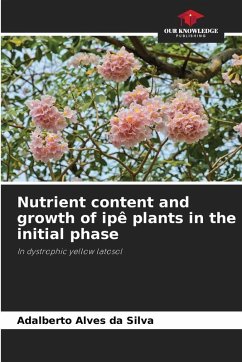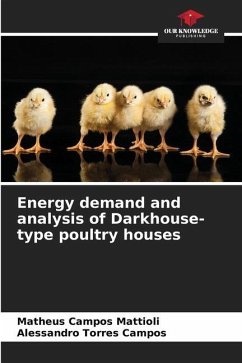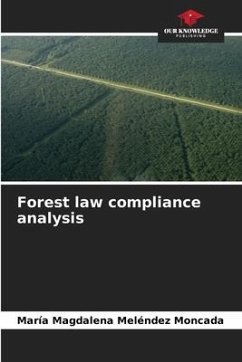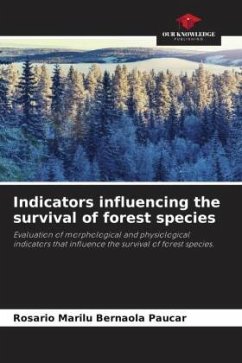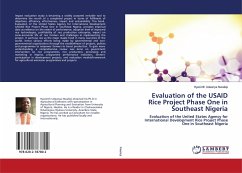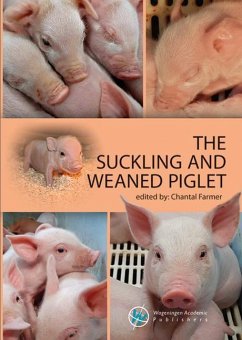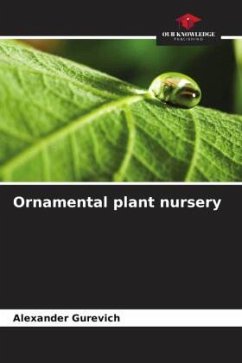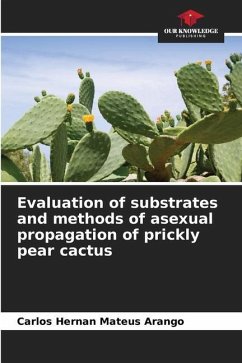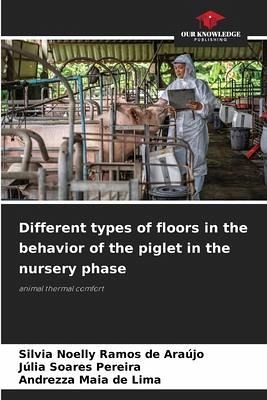
Different types of floors in the behavior of the piglet in the nursery phase
animal thermal comfort
Versandkostenfrei!
Versandfertig in 6-10 Tagen
29,99 €
inkl. MwSt.

PAYBACK Punkte
15 °P sammeln!
The objective of this research was to raise the contact surface temperature using two types of flooring and evaluate the thermal comfort of piglets in the nursery phase. The research was developed in the experimental area of the piggery of campus III of the Federal University of Paraíba, Bananeiras - PB, between the months of September and October 2016. Twenty-four weaned piglets with an average age of 21 days were used, distributed in 8 stalls according to the treatments associated with the floors, being Treatment 1: EVA Plates + Empty Plastic Floor (Floor 1) and Treatment 2: Empty Plastic F...
The objective of this research was to raise the contact surface temperature using two types of flooring and evaluate the thermal comfort of piglets in the nursery phase. The research was developed in the experimental area of the piggery of campus III of the Federal University of Paraíba, Bananeiras - PB, between the months of September and October 2016. Twenty-four weaned piglets with an average age of 21 days were used, distributed in 8 stalls according to the treatments associated with the floors, being Treatment 1: EVA Plates + Empty Plastic Floor (Floor 1) and Treatment 2: Empty Plastic Floor (Floor 2). The thermal environment of the nursery was characterized by recording the air temperature (Tar), relative humidity (RH), black globe temperature (Tgn), brightness and wind speed (VV) and by the indices of thermal comfort, Black Globe Temperature and Humidity Index (BTHI) and Radiation Thermal Load (RTSC). For the thermal comfort of the floors, the thermal comfort indices, the surface thermal mapping (floors and piglets), the behavioral frequencies of the animals and the productive performance of the animals were used as evaluation tools.



